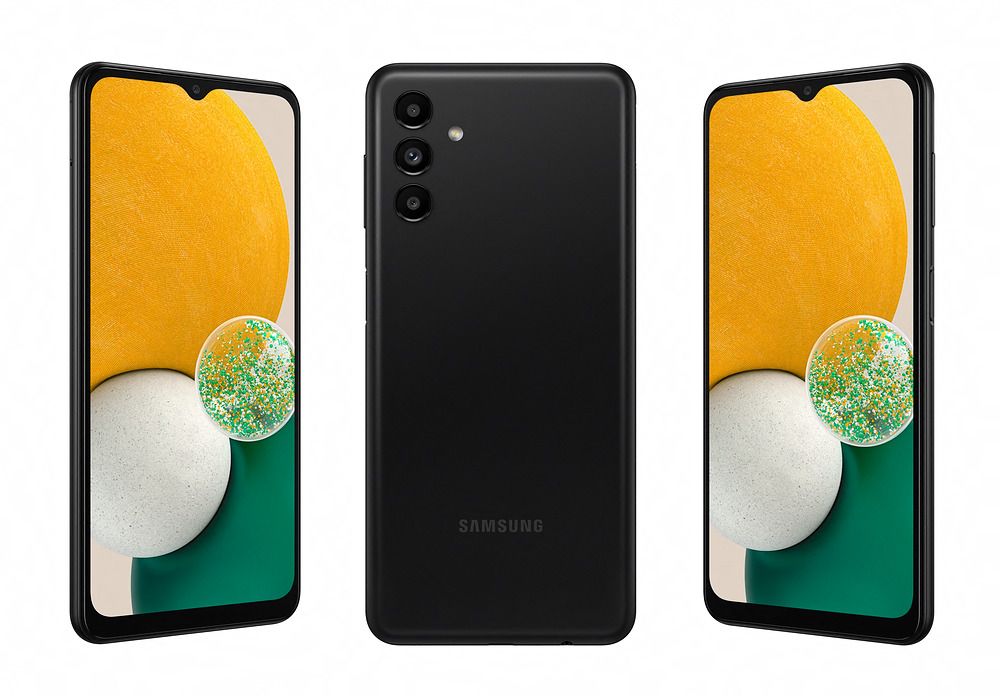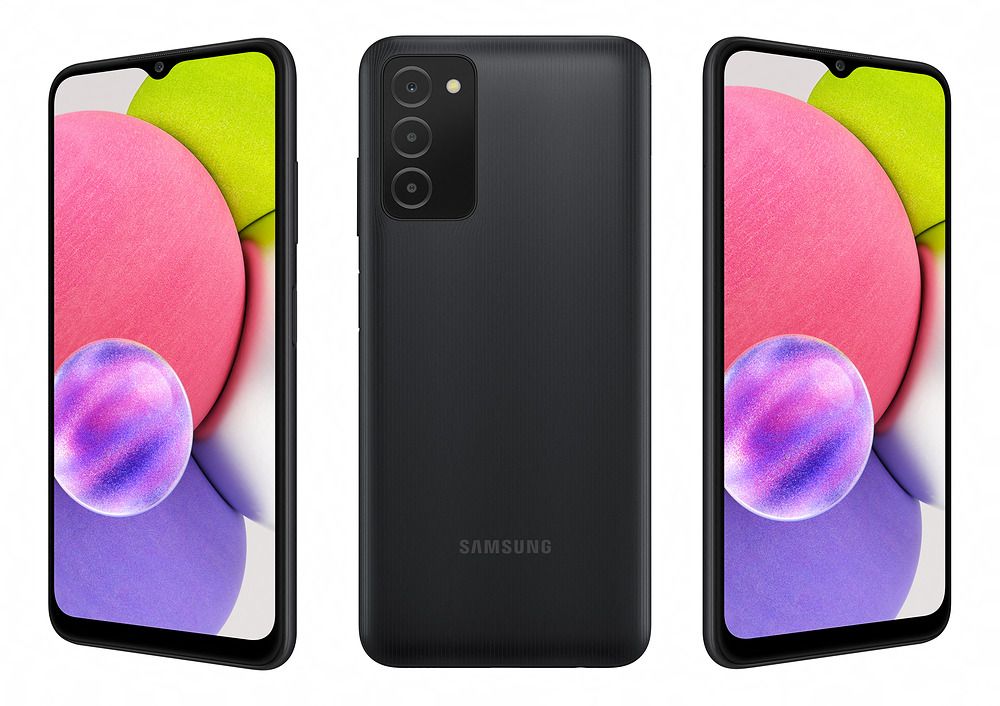It’s been three years since Qualcomm introduced the Snapdragon 8cx. At the time, the company was pulling ahead at a rapid pace, quickly iterating between the Snapdragon 835, the Snapdragon 850, and then its new ‘extreme’ chip that was designed from the ground up for PCs. And then, it just kind of stalled.
We’ve seen different iterations of the Snapdragon 8cx, including the Microsoft SQ1, SQ2, and even the Snapdragon 8cx Gen 2. Indeed, all of these chips were just tweaks apart from each other, usually separated by about 150MHz in clock speed and not much else. The explanation for Gen 2 being a clock speed boost was to shorten the time to market. After the original Snapdragon 8cx was announced, it was over a year before you could get it.
So now, the product seems a bit stale, but Qualcomm is back with a bang. At its Snapdragon Technology Summit in Kona, Hawaii, it introduced the Snapdragon 8cx Gen 3 and the Snapdragon 7c+ Gen 3. Both of them offer huge performance gains over their predecessors.
Disclaimer: Qualcomm sponsored my trip to Kona, Hawaii, to attend the Snapdragon Tech Summit. The company paid for my flight and hotel. However, they did not have any input regarding the content of this article.
Snapdragon 8cx Gen 3
Here’s the headline for this product: the Snapdragon 8cx Gen 3 offers up to 85% faster CPU performance and 60% faster GPU performance than the Snapdragon 8cx Gen 2. That’s not a small change. It’s also the first 5nm chipset for Windows PCs.

Included in the new flagship chipset are four Kryo cores that are based on Cortex-X1 and four that are based on Cortex-A78. Of course, the natural question you’re going to ask is why the company didn’t use Cortex-X2, as it did in its Snapdragon 8 Gen 1 smartphone platform. The answer is pretty straightforward: the PC market moves very slowly.
The PC market is used to working with Intel, and OEMs have their hands on the chips a long way out from the product announcement. With some companies, they start working with the product 18 months out. Since ARM chips are based on licensed designs, it’s simply not possible to use Cortex-X2 while still shipping products in the first half of next year.
That’s not all though, because Qualcomm never talks about just CPU and GPU performance. It’s more about the total package, and when it comes down to that, you’ll hear the company start talking about AI, which is meant to improve all aspects of the experience.

The Snapdragon 8cx Gen 3 gets over 29 TOPS, which is just a massive number, and it gets three times better AI performance than its predecessor. Again, Qualcomm is coming out with some big numbers around this chip.
One thing it’s still missing is an integrated 5G modem, something that’s a bit concerning given how many OEMs are starting to make base models of Windows on ARM laptops without cellular connectivity. The chipset can be paired with the Snapdragon X62 for 4.4Gbps speeds, the Snapdragon X55 for 7.5Gbps speeds, or the Snapdragon X65 for 10Gbps speeds. Another possible reason for the options could be to lower prices, as 5G does tend to come at a pretty expensive premium in laptops.
“Snapdragon 8cx Gen 3 builds on the technology that has transformed the PC industry, delivering premium experiences with breakthrough performance per watt, immersive camera and audio with enhanced AI-acceleration, lightning-fast 5G connectivity, and chip-to-cloud security in thin, fanless systems,” says Miguel Nunes, vice president, product management, Qualcomm Technologies, Inc. “With Snapdragon 7c+ Gen 3, we are raising the bar in the entry-tier by extending 5G mobile computing across ecosystems. Whether for consumers, business, or education, Snapdragon compute platforms deliver the capabilities and experiences that our ecosystem customers and end users need.”
Snapdragon 7c+ Gen 3
Next up is the Snapdragon 7c+ Gen 3. If you’re familiar with Qualcomm branding, then you probably think that the ‘+’ means that it’s a clock speed bump. After all, that’s what it’s always meant in the past. Not this time though. Just like the Snapdragon 8cx Gen 3, the Snapdragon 7c+ Gen 3 is a full redesign over its predecessor. The reason it’s called the 7c+ instead of the 7c is because the Snapdragon 7c Gen 2 is still going to be sold.
Speaking with Miguel Nunes, he said that you can think of the Snapdragon 7c+ Gen 3 as being comparable to an Intel Pentium, while the Snapdragon 7c Gen 2 is more like a Celeron.

Qualcomm didn’t talk as much about the Snapdragon 7c+ Gen 3, and the feature sheets aren’t as detailed. There are a few things of note though. It’s a 6nm chip, which is still better than anything that’s not made by Qualcomm on the Windows market. It also offers 60% faster CPU performance and 70% faster GPU performance than the Snapdragon 7c Gen 2, packing four Kryo cores that are based on Cortex-A78 and four that are based on Cortex-A55. For AI performance, the chipset will get you 6.5 TOPS, which is pretty impressive considering that this is a chipset for budget laptops.
They’re not competing with Apple…yet
Ever since Qualcomm acquired Nuvia earlier this year, it’s been saying that this is the technology that it’s going to need to compete with Apple Silicon Macs. That technology is going to start sampling in the second half of 2022 and will ship in 2023. That means that the Nuvia chip that will compete with Apple will probably be announced at next year’s Snapdragon Summit. In other words, the Snapdragon 8cx Gen 3 is not it.

That’s not to say that this is a bad product. Indeed, it’s actually quite exciting. The Snapdragon 8cx Gen 3 is a massive improvement over its predecessor, and while it’s still not as powerful as Macs, it’s going to offer the value proposition that we’ve seen on Windows on ARM PCs before, such as fast connectivity, battery life, thin and light form factors, and more.
The Snapdragon 7c+ Gen 3 brings that stuff to an even lower price point. For example, the Samsung Galaxy Book Go is a laptop that only costs a few hundred dollars, but still weighs around three pounds thanks to the Snapdragon 7c Gen 2 that’s inside. Gen 3 will continue to offer that kind of value, and don’t forget, we see the Snapdragon 7c series in a lot of Chromebooks as well.
Both the Snapdragon 8cx Gen 3 and the Snapdragon 7c+ Gen 3 should arrive in devices in the first half of 2022.
The post Qualcomm’s new Snapdragon 8cx Gen 3 laptop processor offers up to 85% faster performance appeared first on xda-developers.
from xda-developers https://ift.tt/3xL4os9
via
IFTTT















